Today’s post is an extremely personal and moving one from reader Rhiannon who discovered her baby had a cleft during the anomaly scan. These scans are normally an exciting time to see your baby again but can also be a very scary time should there be any issues. We are so pleased that Rhiannon shared her story with us as we hope it may bring comfort to others in the same situation but also because it shows how amazingly strong she is. I’ll hand over to Rhiannon to tell you more.
‘1 in 700 babies are born with a cleft’, said the screening nurse. ‘It’s really quite a common defect’.
By the third month of pregnancy, I had already had three scans. The first was a seven week scan to check the viability of my pregnancy. You see, I had already been pregnant and un-pregnant rather quickly back in the November, so I was delighted to see our little seed’s heartbeat pulsing away.
My old anxieties returned around week 9 and I lost any pregnancy symptoms I thought I had. We paid for a private scan just to check and again everything seemed fine. Still, I panicked and read about missed miscarriages, conditions that they would find at our first ‘official’ scan, but the time finally came and there was seed lying on her face with her bum in the air (a position she repeated at every other scan we had). The sonographer measured her and checked for major structural abnormalities. We came away satisfied that everything was on course and set about sharing the good news with our closest friends/family.
We were booked to go away to a friends’ wedding abroad the week after our 20 week anomaly scan, so I was glad at the time to be ‘getting it out the way’ before being able to relax and enjoy the occasion.
We turned up an hour early (not easy with a bursting bladder) before being told they had messed up our appointment. They begrudgingly squeezed us into a 6pm slot and rushed through the necessary checks, but they couldn’t see her face or heart valves and her femurs were measuring below the 5th percentile. As usual she was bum up in the air and wouldn’t play ball, so the nurse asked us to come back the week after. The wedding was beautiful, but I couldn’t let those niggling worries dissipate and although I tried to shut them down, they kept bubbling away.
Cue the anomaly scan part 2 when we arrived home. ‘Heart valves are all fine…silence…femurs have dropped below the 3rd percentile…silence…I’m afraid I can see a cleft lip’. At this point my husband let out a deep guttural sound and I burst into hysterical sobs. I had no idea where either sounds came from; I just know I never want to hear them again. I also remember clutching at the sonographer and not wanting to let go. She held me for a while and then helped me off the table and took us into a counselling room.
The next hour or so passed in a haze. My lasting image was of a plant that needed watering and pale blue walls that seemed to absorb our questions and then silence. I kept thinking of all the tears shed in that tiny room and it made me ache. The screening nurses gave us leaflets/info/cups of tea and the sentence ‘It could be more than a cleft, we have to make sure’.
I had another scan that day performed by a senior consultant who confirmed a unilateral cleft lip ‘probably on the left side’. She then ran through what else we might be facing because of the other ‘soft marker’: short femurs. The words ‘Edwards syndrome, Downs, Turners’…swam around meaninglessly. I was advised to have amniocentesis the following day, despite my blood tests having showed I had a 1:4600 chance of my baby having one of these syndromes, pretty low by any standards. The amnio was performed successfully, we watched our little seed recoil from the giant needle being stuck into her amniotic sac.
Then began the very long wait until the results, made worse by the fact we had an additional two day wait because of the weekend. We were allowed leave from work and tried to pass the time.
The first set of results came back on the only rainy and stormy day of that week, and during the only hour my husband had left my side. We were lucky…they were clear for Edwards, Downs and Patau. We had to wait an additional two weeks for the remaining results but we were lucky again; they were clear. It may just be the cleft in isolation, she may just be a small baby. We had to have growth scans at 28 and 34 weeks to check. I found myself irrationally angry about not being able to ‘protect’ her. I’d never smoked, had always been healthy and active and we have nothing in the family that would suggest we were high risk. I watched pregnant women smoking outside the hospital and quietly seethed.
One of the best sources of information we were directed to during our Cleft research was the CLAPA website and we quickly found out that we could qualify for a free 4d scan between 26-32 weeks to see the severity of the cleft. My husband was very keen to have the scan, I was not. I didn’t want to go through another scan, didn’t want that sinking feeling when they might identify something else. I spent some time looking at images of varying degrees of unilateral clefts before I went. I felt if I prepared for the worse, I could somehow protect myself.
The nearest clinic to us was ‘Babyvision’ in Shrewsbury, a fantastic clinic housed in a converted barn on the outskirts of the town. I’d been concerned about seed being in her usual ‘bum up’ position, so I crammed a Mars Bar down my throat whilst in the waiting room. Lo and behold there she was dancing away when the wand transmitted the image back to the screen. Stubborn as she is, she lay with her left cheek against my uterus (where the cleft is). I didn’t see any of that though, because I couldn’t believe how beautiful she was; she looked just like my husband in profile.
At first we didn’t see the cleft and for one heart-stopping minute, I thought they had it wrong; that it wasn’t there. She shifted a little better into view and we could see it, though it wasn’t nearly as horrific as I had thought. Her nose wasn’t completely collapsed as you sometimes see and it was definitely just on the left side. We spent some time watching her suck her thumb, pull up her eyelid and then, with perfect timing, stick two fingers up at us, as if telling us she would like to go back to sleep and not have people gawking at her anymore.
We got two free print outs in colour, a strip of black and white images and a video to go home with. We treasure these massively, as we had not had those lovely scan photos before. It was nice to finally have some to show family and friends too, although they felt more sorry for the fact she looked like her dad than anything!
The one thing people kept telling us is how ‘common’ a cleft diagnosis is. I usually politely nod and agree, but inside I’m wondering where they all are. However, it was only from sharing our experiences that people would say to us, ‘Oh, my niece has just been born with a bilateral cleft’… and so on.
About two weeks after our 4d scan my husband was in Pets at home, when he noticed a little boy with some faint scars above his lip. Being way braver than I could be, he approached the mother and explained our situation and asked if her son had also been born with a cleft. The mother was unbelievably supportive and gave him her phone number, chatted about their experiences and has since sent us photos and advice. We have been truly touched and encouraged by this and again has shown that support and friendship can come from the most unlikely places. We also later met some wonderful friends with a gorgeous little boy (who incidentally has the same cleft as our daughter) through a baby sensory class. We’ve remained close ever since.
Our daughter had her first operation when she was four months old and is currently a clever, feisty and wonderfully kind two year old; our absolute everything. She has to have one more operation when she is seven to fill in a gap in her gum. Of course we worry about future bullying she may encounter (if any); future risks we may have of another child going through the same thing, but we will address those things as they come. Sometimes now I forget she ever had a cleft; all you can see is a faint scar really. We make sure that photos of her before her first operation are around the house though. Once she pointed and said ‘Baby, poorly lip’ and I think that’s how we will tell her when she’s old enough.
So, this was our beginning; a journey into parenthood we never expected to take, but showed we are stronger than I ever could have imagined and provided us with the greatest little person who continues to teach us so much.




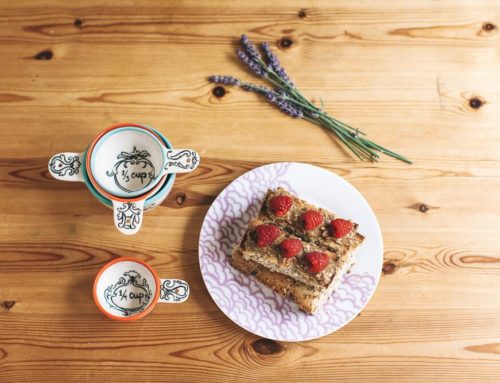
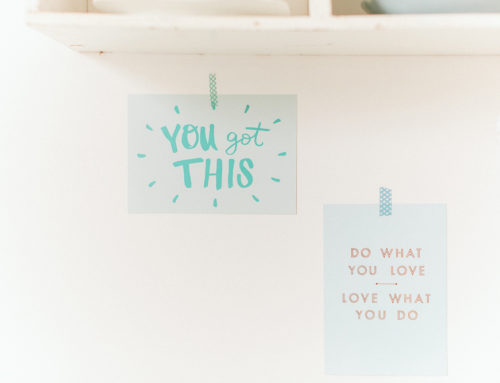
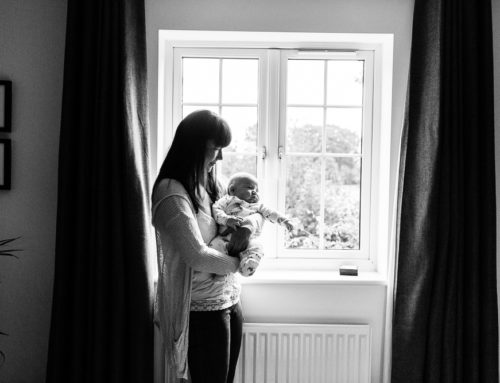
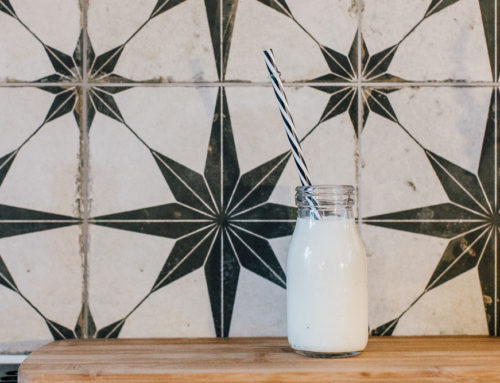
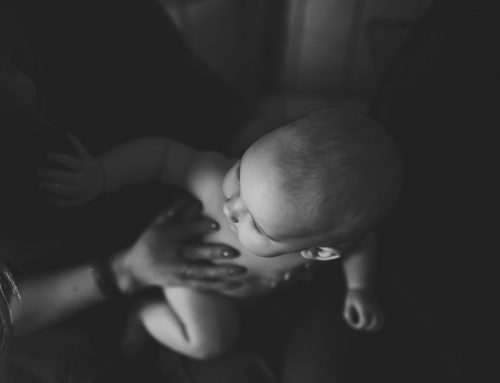
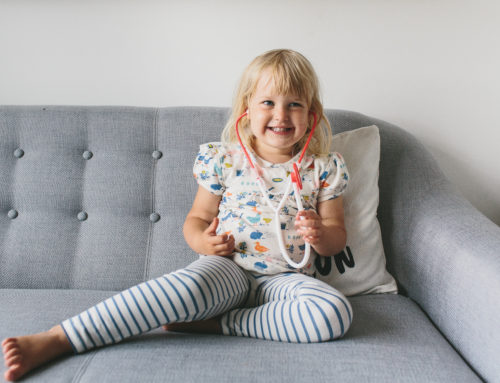
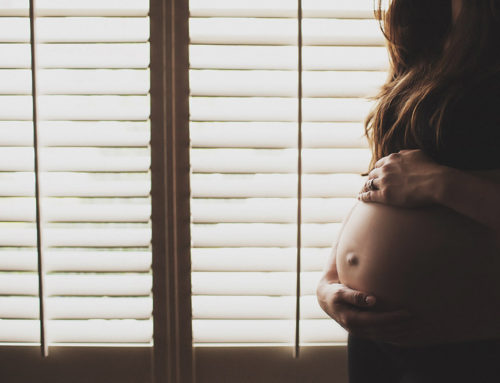
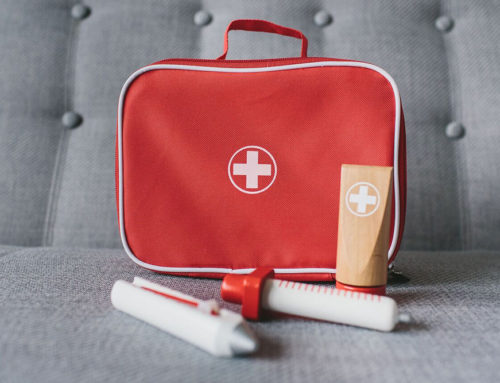
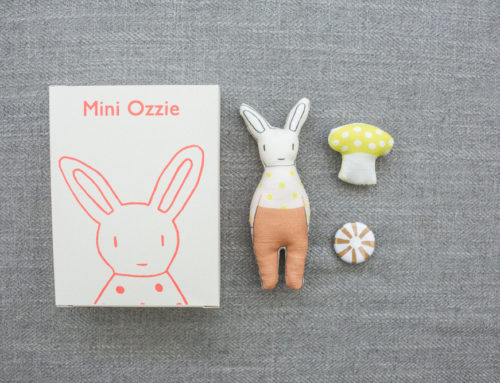
What a moving story. I’m crying and it’s not even 7am. Xx
Thank you Lisa. I must admit , I repaired my mascara reading some of your lovely comments. xxx
Thank you so much for sharing Rhiannon, she sounds so brave just like her Mama xx
Thank you so much Lucy. xx
Thankyou for sharing your story, this is something very close to my heart at the moment. Due to having to take steroids during my pregnancy my baby is at a higher risk of cleft lip that midwifes and Doctors have reminded me of at every appointment I’ve had. We have our 20 week scan in two weeks time which should show if the baby has a cleff lip. Ive trying to prepare myself for worse case scenario by doing abit to research. It has been abit of a worry for us but reading your story has been really helpful.
Hi Jen,
If you want any hand holding or have any questions please just get in touch. More than happy for you to have my email etc if you just need a chat or advice about anything.
Xxxx
Let me know if you want me to and I can put you both in touch via email xxx
Oh these babies! You sound like such amazing parents. What a lucky little girl you have. And I agree about friends coming from the unlikeliest of places. I’m glad you’ve found so much support. Thanks so much for sharing your story xx
Thanks Becky. We still have your beautiful letter bunting above her bed that always makes her smile!
xx
?
So beautifully written. I’m in tears. A wonderful family who are so strong and inspirational xx
Thank you Anna. xxx
My brother was born with a cleft lip and we never even give it a second thought now (he’s 28). It was a slightly bumpy road to begin with but once the ops were out the way, he hasn’t looked back and I know I’m probably biased but I think he’s an insanely handsome chappy.
Beautiful writen piece as always – thanks for including x
That’s so good to hear, thank you Sophie! I bet he’s gorgeous. I’m super biased but I think our daughter is beautiful too. xx
This is really well written and you sound like an amazing family.
The 20 week scan should be a time of huge excitement, but, like you I just worried about it. A ventricle in our baby’s brain was measuring too big at our scan and as long as I live I will never forget that dreadful few minutes when I could tell the sonogroaher wasn’t getting the measurement he wanted and I asked ‘is something wrong?’ We were referred to a specialist and had more scans followed by an MRI and thankfully all was fine but the process took 3 weeks altogether and they were the longest three weeks of our lives.
I’m so glad that your daughter sounds like she’s doing amazingly! Thanks for sharing X
Thanks Carly. I’m so glad everything turned out well for you. The wait is almost the worst part isn’t it? It felt like the longest time of our lives. xxx
It absolutely is. I nearly fell through the floor when they said a specialist ultrasound would be a week after our anomaly scan & then an MRI a couple of weeks after that. X
What a moving post to read this morning Rhiannon; so beautifully written and so honest too. Thank you so much for sharing with us all. Your daughter sounds like a fighter…just like her mum and dad; she’s a very lucky girl indeed xxx
Thanks Lauren. I think out daughter was born only a few days after your beautiful son, so I always follow his adventures with interest. I saw you all at the Plough in Harborne a couple of weeks ago, but was far too shy to approach!!!!!
x
Oh you should have done! Did I have wine and look harassed?? Next time come over and say hello…I’d love to have had a chat xxxx
Haha, no, you were having brunch I think. We were at the table just behind you. It was like spotting a celeb! xx
Well we’re always in there so definitely pop over next time and say hello xxx
Rhiannon
Thank you for sharing your incredibly moving and brave story, I read this blog every day and enjoy all the stories and “tips” however I have never felt so compelled to leave a comment as I do now.My son (who is now 2) was born with what was called at the time a cleft nose , we were told this was very unusual, this wasn’t picked up on a scan so had all the emotions at his birth.I felt the new mum happiness and also the sadness of how he looked , as well as feeling very very guilty that I had those feelings! He also had his first operation at 4 months and will have his next one before he starts school.We have had fantastic support from doctors,surgeon etc ,we also worry about bullying and how he will react but I would probably have those feelings regardless of how his nose looked! He is a gorgeous, happy, funny little boy and I can honestly say I wouldn’t change him for anything. Thank you again for sharing your story,all the happiness in the world sent to you and your family X
Thanks Sophie, I can’t imagine how tough it must be to find out after birth. In a way, as traumatic as it was at the time, at least we felt a little prepared in some way. Does he need any gum repair?
The bullying thing worries me a lot and she’s a sensitive kid at the best of times, but I suppose we will find a way around it if it happens.
I wouldn’t change her for the world either. Sending so much happiness back to you. xxx
It’s so good to read stories like this, i can relate to everything you have said. My lg who is now 4, was born with wide cleft palate – hard and soft and PRS, lip in tact so not picked up until birth. Scariest moment of my life as I was brought round as my lg in neonatal and I was in recovery and they showed me a photo of her, she looked so poorly bless her, born at 39+2 week 4lb 11oz. The nurse told me straight away about the cleft lip, I didnt take any of this in to beginn with.
Again she had all the tests in the first few days and luckily all came back clear, although 3 years later we have had a genetics appt and they have said yes there is some kind of genetics syndrome (she was born with PRS but they think something in addition to this), just they don’t know which one – they don’t think anything major though. My lg is currently having weekly speech therapy and on her second sets of grommets. She has had 2 operations so far to fix her palate and will need more in the future.
If ever I notice any children with cleft lips, I always try to chat to the parents (only if the situation allows) as it’s such a unique journey and so good to chat to parents who can relate.
CLAPA website was my source of reassurance during those first few weeks. Especially looking at the photos of the PRS babies and then photos of them a few years later to see how the jaw developed.
Your story is so beautifully written, thank-you for sharing. It’s not the journey we expected to go on as first time parents but it’s certainly made us such a strong family unit and I think / hope its made me a better person. My daughter is so incredibly special and now she’s a bit older she will tell you she was born with a hole in her mouth but the doctors have made it all better now, makes my heart melt!
Kim xxx
Thank you so much for sharing Kim. Again, I can’t imagine how tough it must be to find out after birth. We were lucky in so far that she doesn’t need any palate repair, but it was a very wide cleft lip and right up into her nose. She also has gum missing, so will need a bone graft and dental work when she’s older (who does’t have braces now anyway?)
Your daughter sounds like a very special and brave little girl. It’s definitely not the journey you expect, but it has definitely made us stronger as a family like you mentioned.
Sending your family lots of love and happiness. xxxx
Hi Kim,
I am by no means an expert but my husband and a few members of his family have something called Sticklers Syndrome that effects collagen which may be worth doing some research on.
His mum was born with a cleft palate and they have to be careful that their retinas don’t detach, and they can have hypermobile joints along with some hearing loss.
It could not be linked at all but I just thought I’d let you know in case you haven’t heard of it.
xx
thank-you Louise, this was one of the first things Penny was tested for when she was born and came back clear. She did have the eye tests with the dye when she was born to look at the retina too as this can be a symptom with PRS too xx
Rhiannon what a beautifully written and moving account of your experience – Thanks so much for sharing and offering advice to others. x
Thanks for letting me share it Charlotte. It’s been a massively cathartic experience. xx
Our little boy arrived into the world with a bi-lateral cleft lip and palate that wasn’t picked up in his scans. It was a shock for us, the first words that came out of the midwifes mouth wasn’t, its a boy… but your baby has a cleft. We hardly had time to process it and had to learn quickly how to feed him using special bottles as he could not suck. Roll forward 6 years, he had had two operations and more to come when he reaches 9 but he is the cleverest little boy who thankfully has had no speech problems whatsoever. We have explained to him that he was born with a broken lip that the doctors fixed and this is how he explains it to his peers but likewise I worry he will suffer from bullies when he is older but I hope to give him the courage to rise above it and raise awareness of clefts in the future. ps. It would perhaps be helpful to have some photos to accompany this piece for you readers, I am more than happy to share photos from my newborn shoot with my little one.
Sharon, your little boy sounds amazing!! I worry about the speech thing a lot, so that’s really heartening to hear about your son.
I like the way you told him about his lip. I know it will be something we need to approach in the next couple of years.
I thought about sharing photos, but it’s difficult due to the nature of my job.
Sending lots of love to your family. xx
Hi Sharon, I can so relate to the shock, I had no real idea about clefts until my little Penny was born. Been to so many appointments now feel like an expert, ha! I worry about the bullying too, I set out trying to instill so much confidence and love in my girl and although I continue to do this, due to all the appointments, medical professional involvement, hospital stays etc, sh’e such a sensitive shy little girl. Her speech is a real issue and others have a hard time understanding her, even we do at times.
I think before and after photos are a great idea, they certainly helped me looking at these on the Clapa website when Penny was born.
Kim xx
What a moving article to read, it’s also so beautifully written! So great of you to share your difficult experience with others- your daughter is so lucky to have such amazing parents!
Thank you Becky, that’s really kind. xx
Beautiful article and so pleased your daughter is well. Have you read anything by blogger Charlotte Taylor at ‘write like no-one is watching’? She was born with stickler syndrome herself, and her second child was born with it in May last year and it wasn’t picked up on the scan. Her daughter has her first repair operation today by complete con incidence. Charlotte has made some really fab vlogs on you tube inc cleft palate op prep. I’m sure she would love it if you could go over to her blog and link this article too x
Hi Claire,
I’ve not read her blog, but am going to pop over and have a look now! Thanks for the recommendation!
xx
I cannot imagine the worries you must have had throughout this journey but thank you for sharing this amazing story. What a strong and wonderful little family you have and the support and love you give your beautiful girl as she grows will overcome any obstacle you will face as a family.
Beautifully written piece. Thank you for your honesty.
Thank you so much for sharing your story! And written so beautifully too. You are such strong parents and exactly the ones your little girl needs.